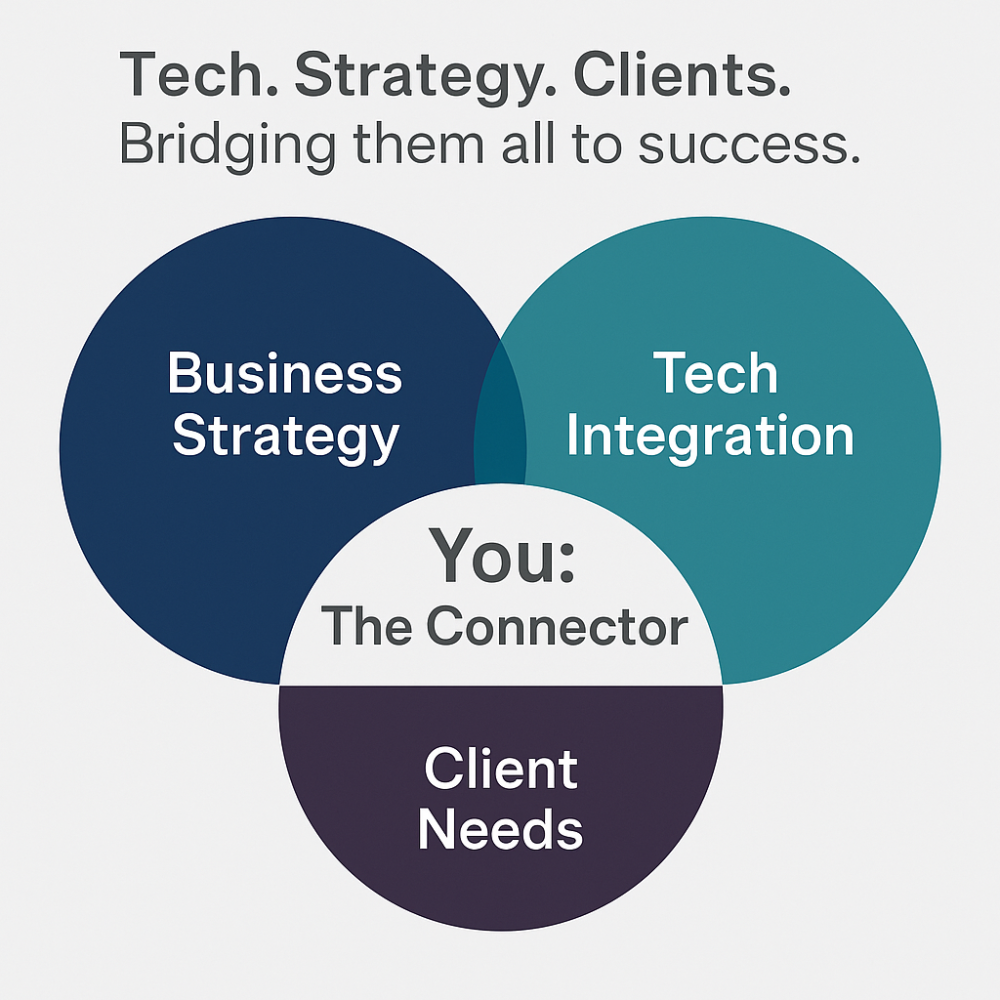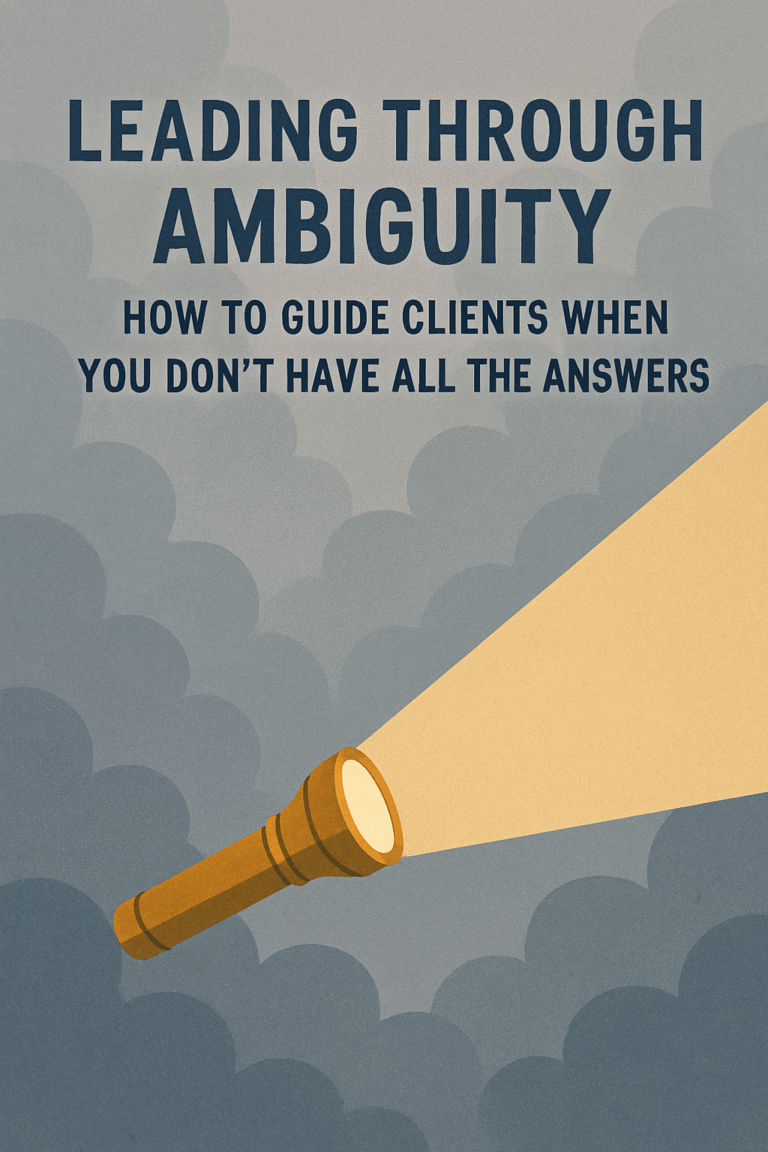Introduction
Some of the most successful projects I’ve led didn’t hinge on groundbreaking tech or brilliant strategy – they succeeded because someone could connect the dots. Between what the client wanted and what the platform could do. Between business needs, technical limitations, and internal priorities. That someone was me – and over time, I’ve learned that being a translator is often the most undervalued skill in the room.

💡 Why It Matters
Too often, strategy, technology, and execution live in separate lanes. That’s how projects stall, misunderstandings grow, and solutions fall short.
But when someone can:
- Understand what the client is really asking for (even when they can’t articulate it),
- Speak with both product and engineering teams clearly,
- And see how all the pieces connect across the business…
That’s where momentum builds – and trust follows.
🧩 Where I’ve Seen It Work
I’ve been called in to untangle timelines, align teams, and clarify what’s needed to move forward. Whether managing complex loyalty programs or helping bridge marketing goals with tech solutions, I’ve seen the real impact of translation:
- It keeps work moving.
- It keeps teams aligned.
- And it delivers results clients truly care about.
It’s not flashy — but it’s essential.
👀 Final Thought
In a world full of frameworks, platforms, and shifting priorities, we still need human translators – the people who make sure all sides are heard, understood, and working toward the same outcome.
- If you’re one of those people: your skill is rare. Speak up.
- If you’re hiring: find them.
- And if you’ve never thought of “translator” as a role — it might be the one you’re missing.
💬 Have You Been the Translator Too?
I’d love to hear from others: Have you played the role of translator in your work? Did it change the outcome? Let’s talk about the value behind the scenes.



